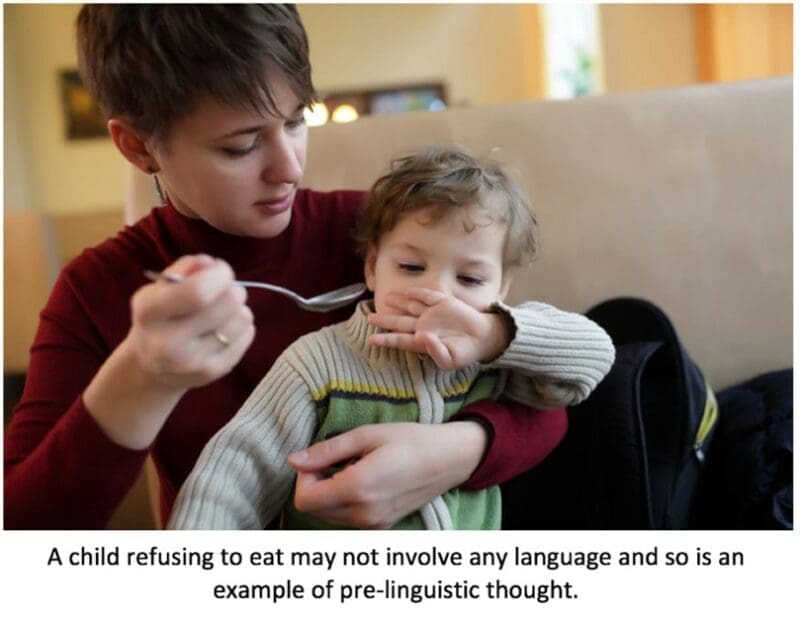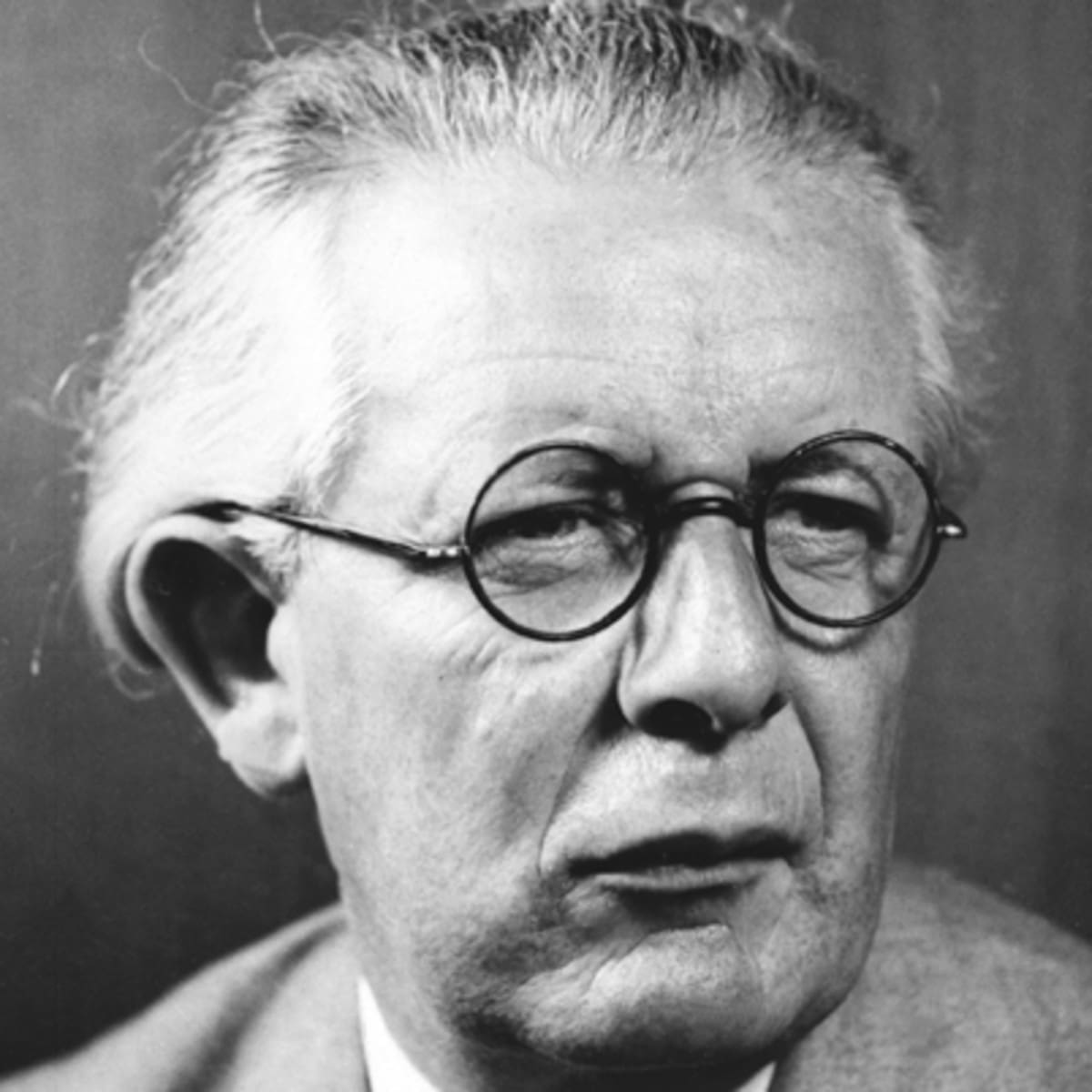In this post
It is difficult to try and ascertain what comes first in terms of thought and language. Do we need a word first so we can think about something or do we need a thought first in order for us to be able to come up with a word? It might also be argued that an amalgamation of the two is part of how a child develops and subsequently is able to use language in order to be able to interact.
Representational language precedes thought
Piaget’s theory of cognitive development explains that children’s thinking can only develop in fixed stages and this happens as they explore and expand on mental images of the world, as we saw in the unit on development. Representational thinking is a set of mental processes about objects in the world. The understanding of objects, which would just be ‘things’ in the world (representational thinking), must therefore come before the function of naming those objects specifically (language).
Piaget’s view of development linked to language
During the stage that Piaget referred to as ‘sensori-motor’ occurring between birth and age two, a baby is known to have innate responses (reflexes) and they begin to develop more complex actions as well as thinking. The baby uses schemas to make sense of their world, amending and expanding these as necessary. Alongside this comes an understanding that there are objects in the world, which is what representational thinking refers to. For most of this stage, babies are unable to communicate, suggesting that thought does indeed precede language.
During the following stage from ages 2-7 (pre-operational stage) the child builds on their mental imagery and can use symbols to represent objects. Words are examples of symbols and this is how language develops. Symbolic play and mental imagery work with language to help children develop cognitively; Piaget’s initial two stages suggest that thinking comes first, followed by an understanding that objects exist in the world, followed by use of words for objects and then language development.
Strengths and weaknesses of Piaget’s theory
- Piaget’s theories are known to have many practical applications and this is very much a strength. His theories are used in classrooms, enabling teachers to tailor learning to individuals as he has shown that children will not develop a skill until they are ready to do so
- Some evidence shows that even very young babies are able to imitate adult actions, giving further support that thought precedes language as children of this age are not yet able to communicate
- Evidence against the theory that babies imitate adults, states that this behaviour is innate rather than being through self-awareness, although neither theory is easy to prove accurately
Vygotsky’s theory that language and thinking are separate
Vygotsky’s main area of interest in development was the influence of social and cultural experiences. Like Piaget, Vygotsky also maintained that children are active learners who are genuinely involved in their own development.
Pre-intellectual language
Vygotsky argued that speech is an aspect of social development and this is built by interactions with adults. Initially, he agrees that words are used to symbolise objects but mostly in order to engage with other people. This is referred to as external language (external meaning social). Vygotsky’s main argument here was that a child’s speech is about copying and does not, therefore, involve thinking – it is pre-intellectual language. He did maintain, however, that as development accelerates, then speech becomes more complex.
Pre-linguistic thought
Vygotsky argued that at first, thought develops separately from language (pre-linguistic thought); this means that there is thinking but that this does not involve language. Although a baby definitely builds an understanding of the world, this does not necessarily involve language. An example of this might be when a baby deliberately refuses to eat food from a spoon. There is no language involved in the turning of their head or the pushing away of the spoon but this definitely appears to be a ‘thoughtful’ behaviour.
Language and thought come together
The way in which language and thought come together is considered to be as a result of inner speech, when the child is between the ages of 2 and 3. Prior to this, it is thought that language only exists in order to name objects rather than to deliberately think about things. However, inner speech involves reasoning and this is considered to develop because a child uses egocentric speech where objects and external things work together in order to help thinking – such as counting on fingers. The internalisation of egocentric speech, results in inner speech.

Strengths and weaknesses of Vygotsky’s theory
- Some research indicates that there is evidence to back up Vygotsky’s ideas; it has been shown that inner speech increases with age, whereas external speech declines with age
- Vygotsky’s focus on culture is another strength as this shows the influence that this can have on language development
- A weakness of the theory is that there may be some discrepancy between Vygotsky’s original ideas and how they ended up after translation many decades later. It has been suggested that some parts of his original works have been missed in translation
- Vygotsky’s theories were not tested very rigorously as he died when he was just 37, so it is largely unknown how his theories might have developed




